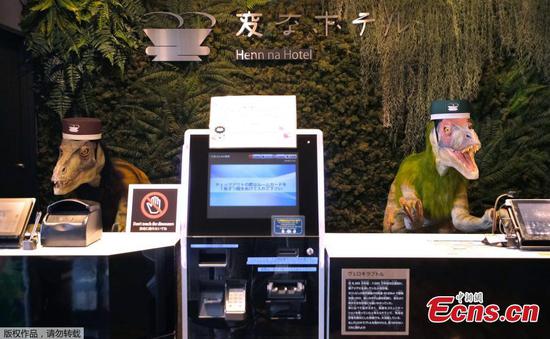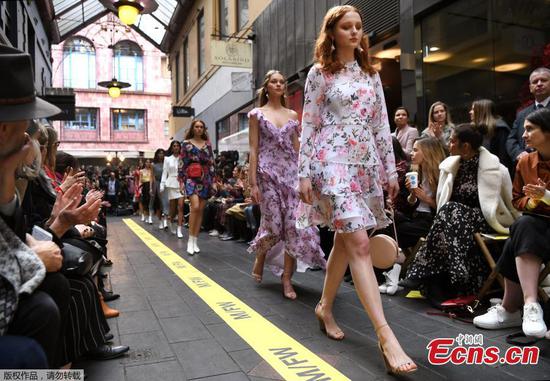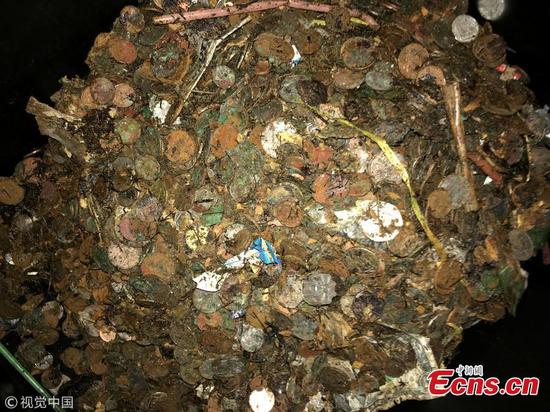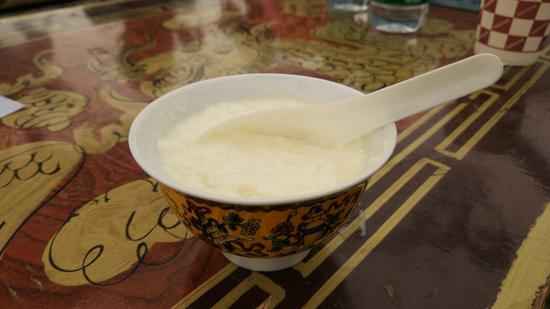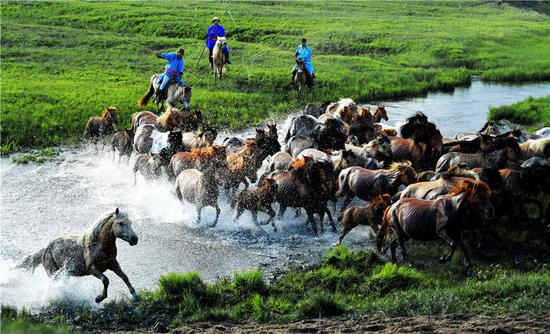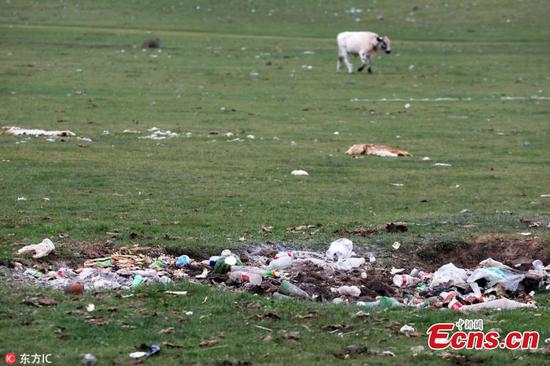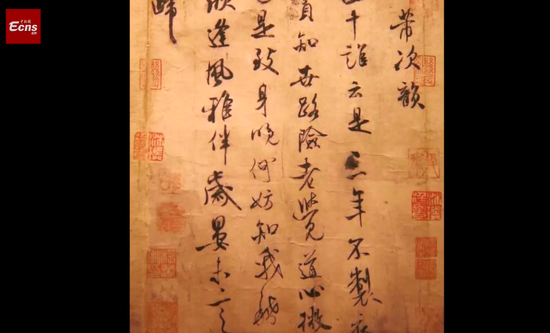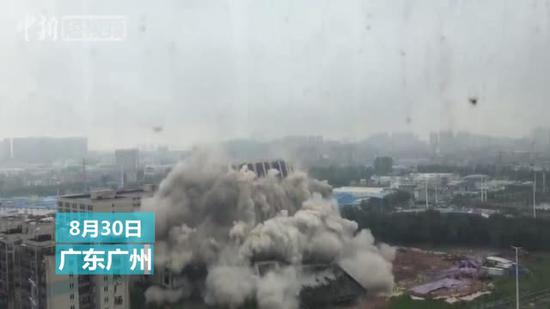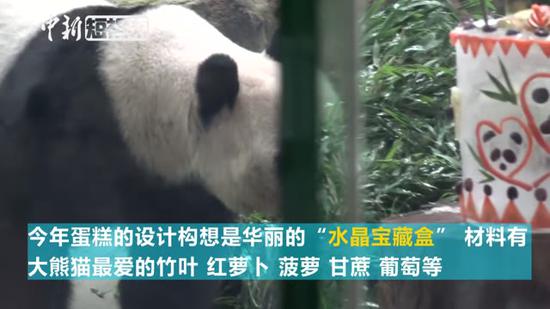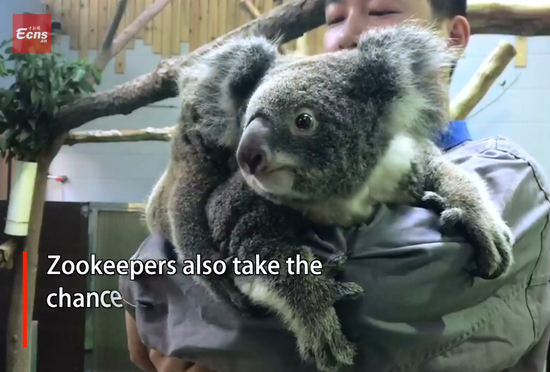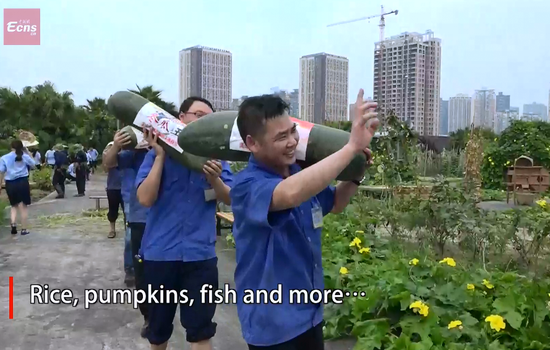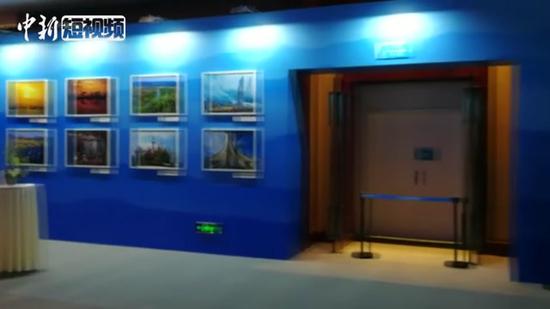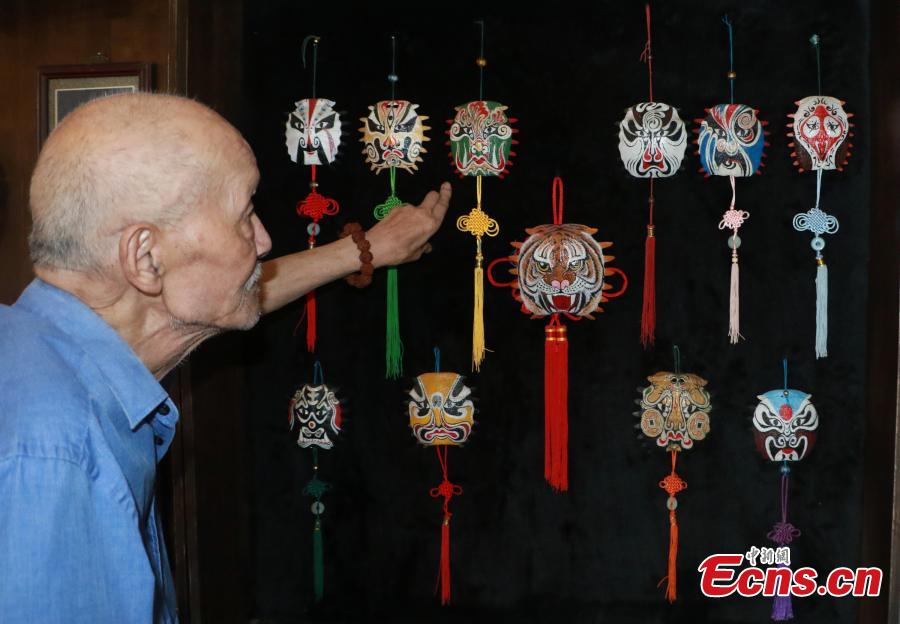
Wei Peikun, who hails from a family long-involved with Peking Opera, shows some of the typical masks he draws on turtle shells in Hangzhou City, East China’s Zhejiang Province, Aug. 27, 2018. Wei, now in his eighties, said he started creating the intricate drawings 20 years ago in order to carry on the culture of the traditional form of Chinese opera, which combines music, vocal performance, dance and acrobats. (Photo: China News Service/Liu Peiqi)
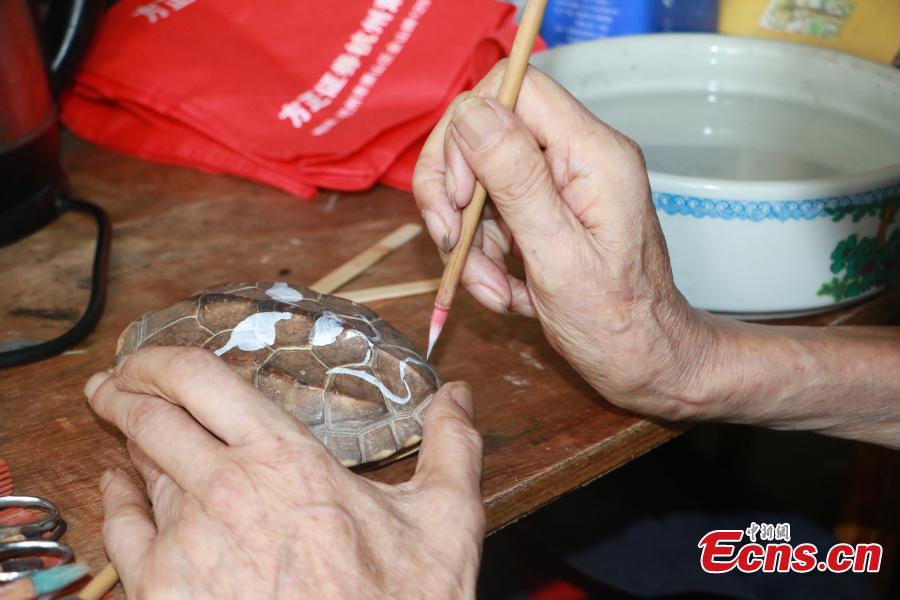
Wei Peikun, who hails from a family long-involved with Peking Opera, shows some of the typical masks he draws on turtle shells in Hangzhou City, East China’s Zhejiang Province, Aug. 27, 2018. Wei, now in his eighties, said he started creating the intricate drawings 20 years ago in order to carry on the culture of the traditional form of Chinese opera, which combines music, vocal performance, dance and acrobats. (Photo: China News Service/Liu Peiqi)
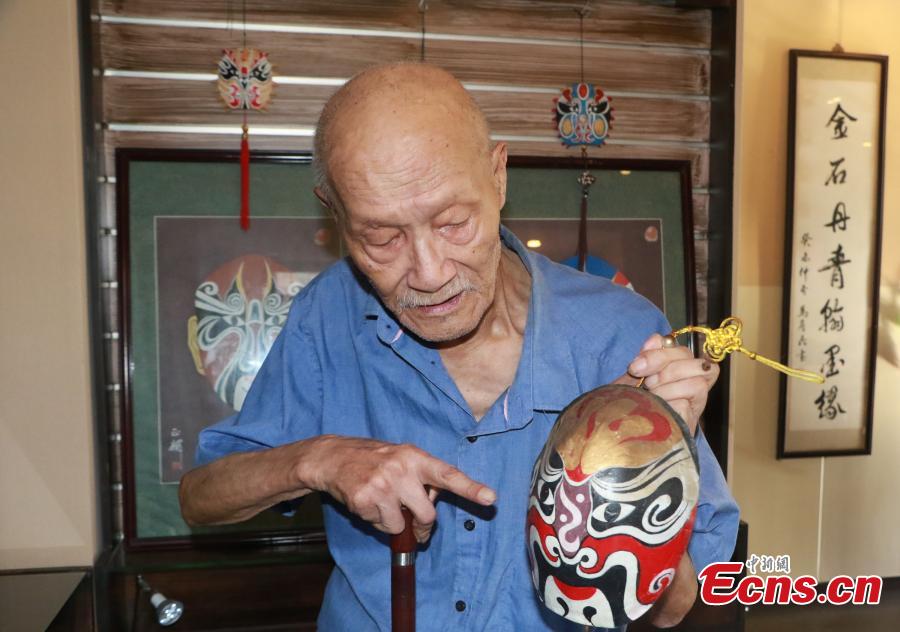
Wei Peikun, who hails from a family long-involved with Peking Opera, shows some of the typical masks he draws on turtle shells in Hangzhou City, East China’s Zhejiang Province, Aug. 27, 2018. Wei, now in his eighties, said he started creating the intricate drawings 20 years ago in order to carry on the culture of the traditional form of Chinese opera, which combines music, vocal performance, dance and acrobats. (Photo: China News Service/Liu Peiqi)
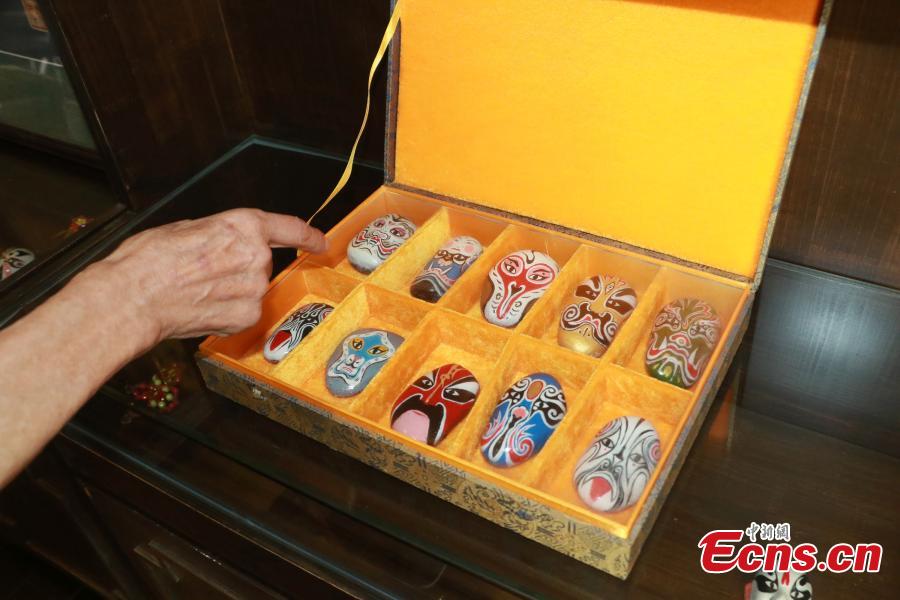
Wei Peikun, who hails from a family long-involved with Peking Opera, shows some of the typical masks he draws on turtle shells in Hangzhou City, East China’s Zhejiang Province, Aug. 27, 2018. Wei, now in his eighties, said he started creating the intricate drawings 20 years ago in order to carry on the culture of the traditional form of Chinese opera, which combines music, vocal performance, dance and acrobats. (Photo: China News Service/Liu Peiqi)










